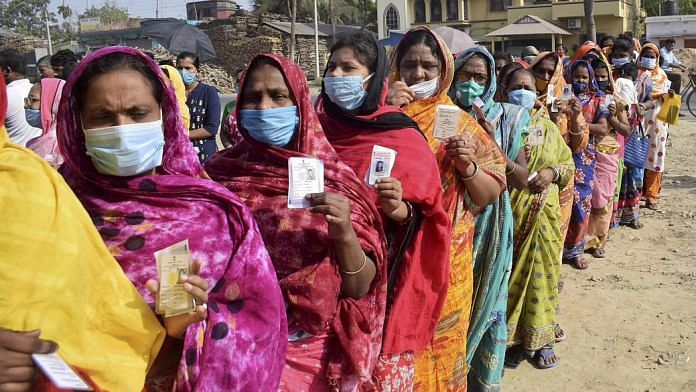The digitisation process of India, with its more than 1.3 billion people and more than one billion mobile connections, is much discussed for its impact on productivity, tech penetration, and economic growth.
A less deliberated aspect of this digitisation process is its impact on women, especially women in rural parts of the country, where 40% of the labour force is still directly or indirectly connected to agrarian work.
Interestingly, rural India has 20% more internet users than urban areas in the country. Growth in internet users in rural India has also been significantly higher than in urban centres since 2019. Recent research shows that female internet users are growing at nearly triple the rate of male users in rural areas.
This aligns with the latest data from India’s Family Health Survey, which shows an overall improvement in Indian livelihoods. There has been widespread improvement in access to electricity, clean drinking water, sanitation and clean cooking fuel. So too, more women are using mobile phones, have bank accounts, and are using menstrual hygiene methods across the country. This improvement has been particularly pronounced in rural areas.
At the same time, more women are voting in India than ever before. Whether at the state or local level, more women are turning out to exercise their democratic rights. This has been described as a silent revolution and is welcomed by both the government and the opposition. Indeed, women voters are often proving to be the swing factor in polls.
Democracy and the internet
The rise of internet access and use among rural women in India is evidence of a deep transformation. The expansion of developmental infrastructure is giving women much-needed time, space, and leisure –which often translates to more time spent on the internet.
Fundamentally, this infrastructural change is having a major social impact on the lives of women in the villages in India. Better amenities are freeing tens of thousands of women up from activities that would have, in yesteryears, kept them occupied for greater periods of time. Particularly, better menstrual health means freedom from previous mobility boundaries.
With more time and energy to use the internet for entertainment and knowledge building, we are seeing a once-in-a-generation shift that would not have been possible even a few years ago.
Mobile-based internet means that women can directly check and compare purchases, services and government promises made to them.
Undoubtedly this access and engagement fuel the silent revolution of democratic participation. In fact, almost every political party in the country today has more detailed programmes targeting women than ever before.
We are still only in the first chapter of this story. Another positive element thereof is the creation of women entrepreneurs, who are empowered by internet access and connecting to the country’s start-up ecosystem. Indeed, India’s tech ecosystem is one of the largest in the world and brimming with tech unicorns. Some of these female entrepreneurs are already achieving great things.
It is an exciting space to watch – especially given the potential of women in rural areas. We know that the conversation on the impact of digitisation on the lives of Indian women will continue to gain momentum in and beyond the world’s largest democracy.
The article originally appeared in the World Economic Forum.
Also read: Does development mean more women in work? Yes in Pakistan but not India, says World Bank study



